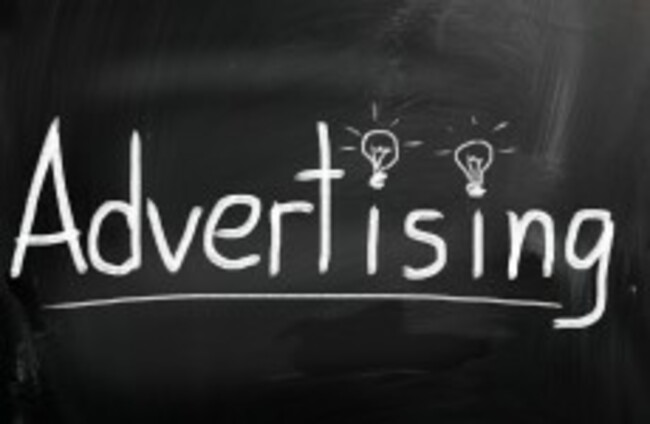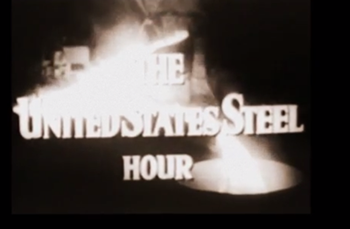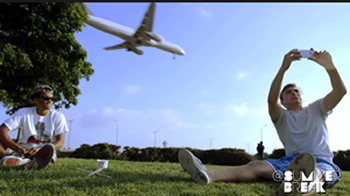Support from readers like you keeps The Journal open.
You are visiting us because we have something you value. Independent, unbiased news that tells the truth. Advertising revenue goes some way to support our mission, but this year it has not been enough.
If you've seen value in our reporting, please contribute what you can, so we can continue to produce accurate and meaningful journalism. For everyone who needs it.


 The US Steel Hour was a 1950s live drama anthology television program, overseen by BBDO, designed to associate the manufacturer with highbrow theatre.
The US Steel Hour was a 1950s live drama anthology television program, overseen by BBDO, designed to associate the manufacturer with highbrow theatre.  An AT&T @summerbreak cast member uses his cell phone to take a “selfie” with a flying aeroplane. The online reality show promotes the use of cell phone services.
An AT&T @summerbreak cast member uses his cell phone to take a “selfie” with a flying aeroplane. The online reality show promotes the use of cell phone services. 













have your say